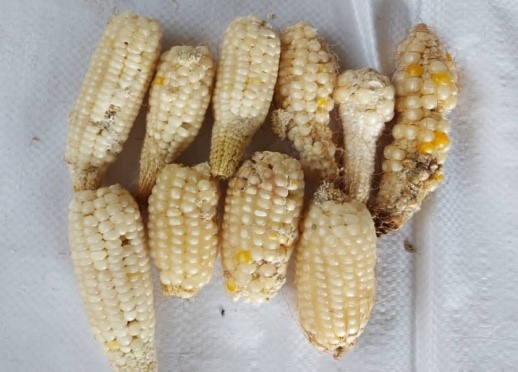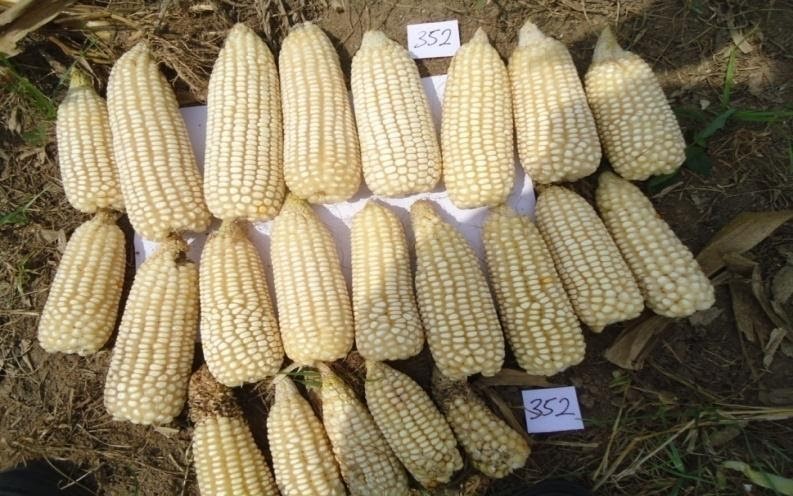Breeding Low Nitrogen Tolerant Maize for Increased Production in Africa
In sub-Saharan-Africa (SSA), maize production usually occurs under low-N environments by subsistence farmers who continuously crop maize with limited or no use of N fertilizer. Nitrogen is a major macro nutrient required for higher yield of maize but unfortunately the most limiting in tropical soils.
For improved maize production and productivity in SSA, a fertilizer rate of 90–120 kg N/ha is generally recommended for maize production. However, fertilizer application rates in the sub-region are still far below the recommended doses. This may be attributed to: 1) the high cost of fertilizer relative to the extra yield gained from fertilizer application, making it uneconomical for farmers to apply, 2) non-availability of fertilizer at the time it is needed. Low N remains a great challenge to maize production in resource-poor farmers’ fields.
Studies have shown that about 10 to 50% of annual losses in maize production are attributable to the impact of low N. Farmers could mitigate the impact of low N on maize production by applying organic fertilizers such as compost and rotating maize with nitrogen-fixing legumes. Composting alone may not be adequate since the addition of nitrogenous base fertilizer would be required to improve the N content. Furthermore, very few resource-poor farmers can produce adequate, good quality compost for their fields.

The major challenge with maize-legume rotations is the fallow period required to grow the legumes, since farmers would want to use the land continuously for maize production. Therefore, the development and use of superior maize hybrids for low-N tolerance is crucial for increasing maize production and productivity across SSA. Breeding for tolerance to low N offers the most economic and sustainable approach to increase maize yield by small-scale farmers who normally only apply a small amount of inputs.

Low-N-tolerant hybrids are superior in their utilization of available N, either because of enhanced N-uptake capacity or efficient use of absorbed N for grain production. In our study, high-yielding and low-N tolerant maize inbred lines were identified. Crosses were made among the inbreds to generate hybrids, which were evaluated under soils that had been depleted of N. We selected the hybrids that were high-yielding, stable in performance, and low-N-tolerant. The identified hybrids have a high yield potential and should be tested extensively on on-farm and in multi-locational trials to confirm the consistency and stability of performance for commercialization and enhanced adoption to contribute to food security in SSA.
The article “Combining ability and testcross performance of low N tolerant intermediate maize inbred lines under low soil nitrogen and optimal environments” by P.F. Ribeiro, B. Badu Apraku, V. Gracen, E.Y. Danquah, C. Afriyie-Debrah, K. Obeng-Dankwa and J.O. Toyinbo, was published in The Journal of Agricultural Science and is available free for a month.
Photo in header: Pollination of plants of an inbred line. Credit: Journal of Agricultural Science.







Nice piece of information. Hope to see more in your next edition.